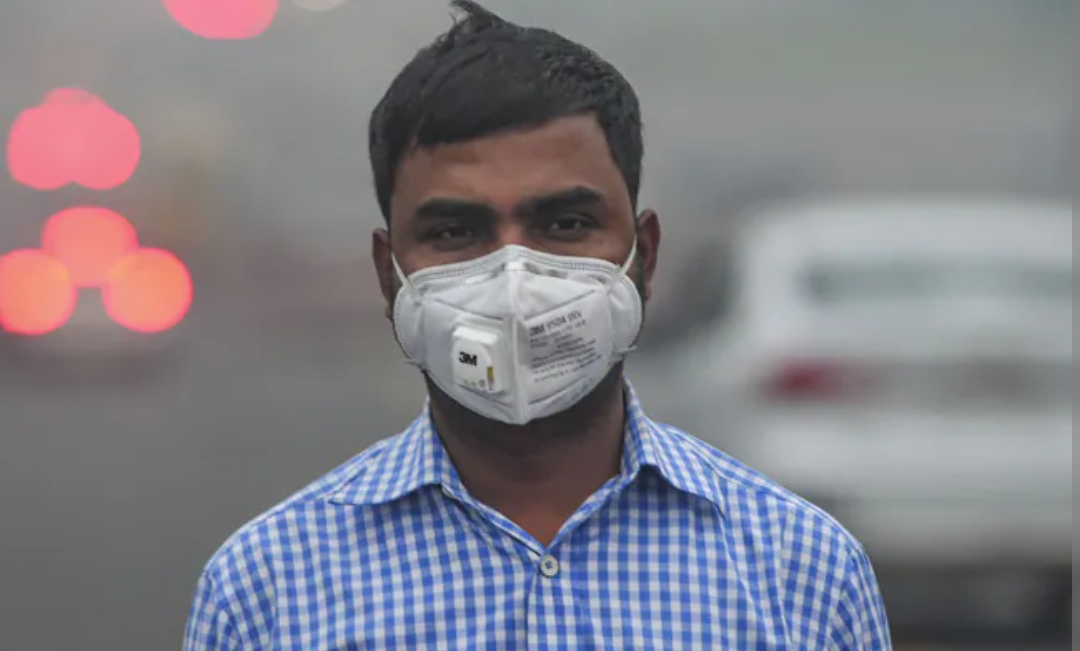
Tuberculosis is on the rise in Alaska while respiratory diseases decrease
Tuberculosis (TB) and respiratory diseases are two significant health issues that have been prevalent in many parts of the world, including Alaska. TB is a bacterial infection that primarily affects the lungs, but it can also affect other parts of the body. On the other hand, respiratory diseases encompass a range of illnesses that affect the respiratory system, including asthma, bronchitis, and pneumonia. Understanding the trends in disease occurrence is crucial in developing effective prevention and control measures. In this article, we will explore the trends of TB and respiratory diseases in Alaska, the factors contributing to their prevalence, and the importance of public health interventions in controlling their spread.
Tuberculosis in Alaska
TB has been a significant health concern in Alaska for many years. According to the Alaska Department of Health and Social Services, the state had the highest TB incidence rate in the country in 2018, with 7.6 cases per 100,000 people. Although the incidence rate has decreased in recent years, it is still higher than the national average.
Several factors contribute to the rise of TB in Alaska, including a high population density, inadequate access to healthcare, and poverty. The spread of TB is also more prevalent in Indigenous communities, where living conditions and health disparities make it difficult to control the disease. The rate of TB among Alaska Native people is approximately seven times higher than the non-Native population.
To control the spread of Tuberculosis , public health officials in Alaska have implemented several measures. These include active case finding, contact investigations, and targeted screening of high-risk populations. Treatment for TB is also provided free of charge to ensure that individuals receive adequate care.
Respiratory diseases in Alaska
In addition to TB, respiratory diseases have been prevalent in Alaska. These diseases include asthma, bronchitis, and pneumonia. However, there has been a decrease in the prevalence of these diseases in recent years. According to the Alaska Department of Health and Social Services, the prevalence of asthma has decreased from 12.4% in 2010 to 10.8% in 2018. Similarly, the prevalence of chronic bronchitis has decreased from 5.9% in 2010 to 3.8% in 2018.
Possible reasons for the decrease in respiratory diseases include improved air quality, increased vaccination rates, and better healthcare access. The state has also implemented prevention programs that promote healthy lifestyles, such as smoking cessation programs.
Comparison of TB and respiratory diseases
TB and respiratory diseases have different causes and methods of transmission. TB is caused by the Mycobacterium tuberculosis bacterium and is primarily transmitted through the air when an infected person coughs, sneezes, or talks. On the other hand, respiratory diseases are caused by a range of factors, including viral and bacterial infections, environmental pollutants, and smoking. Respiratory diseases can be transmitted through the air, but they can also be contracted through physical contact or ingestion of contaminated substances.
It is important to distinguish between TB and respiratory diseases to develop appropriate prevention and control measures. TB requires specific interventions, such as targeted screening and treatment, to prevent its spread. Respiratory diseases require a different approach that includes education on healthy lifestyles and vaccination programs.
Public health interventions
Public health interventions are essential in controlling the spread of TB and respiratory diseases. These interventions include vaccination programs, active case finding, contact tracing, and targeted screening. In Alaska, public health officials have implemented several successful interventions to reduce the prevalence of these diseases.
One example of a successful public health intervention is the TB Elimination Program, which provides free treatment for TB and targeted screening for high-risk populations. Another successful intervention is the asthma control program, which promotes healthy lifestyles and provides education on proper asthma management.
Despite these successful interventions, there are challenges in implementing public health interventions. One challenge is the lack of healthcare access in rural communities, particularly in Indigenous communities. Limited access to healthcare makes it difficult to diagnose and treat TB and respiratory diseases effectively. Another challenge is the stigma associated with TB, which can lead to underreporting and inadequate treatment.
Conclusion
Tuberculosis (TB) and respiratory diseases are significant health concerns in Alaska, particularly in Indigenous communities. While the prevalence of respiratory diseases has decreased in recent years, TB remains a significant challenge. Understanding the trends in disease occurrence and implementing effective public health interventions are crucial in controlling the spread of these diseases.
It is essential to continue monitoring disease trends and implementing targeted interventions to prevent the spread of TB and respiratory diseases in Alaska. This includes improving healthcare access in rural communities, addressing the stigma associated with TB, and promoting healthy lifestyles. Continued efforts in these areas can help to reduce the incidence of TB and respiratory diseases and improve the health of Alaskan communities.
Visit DocMode for Courses and lectures









